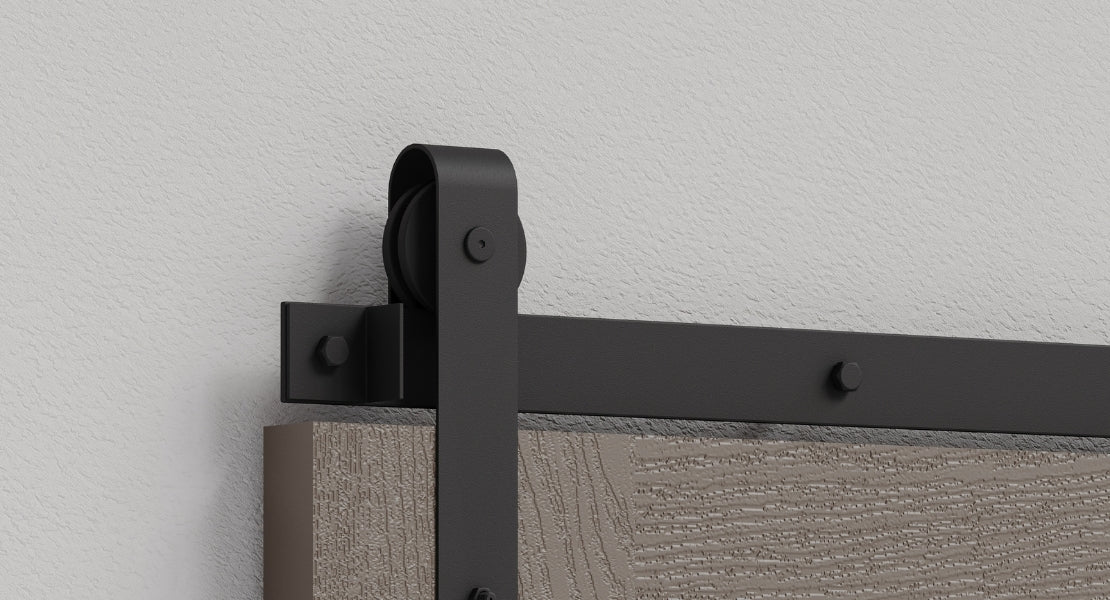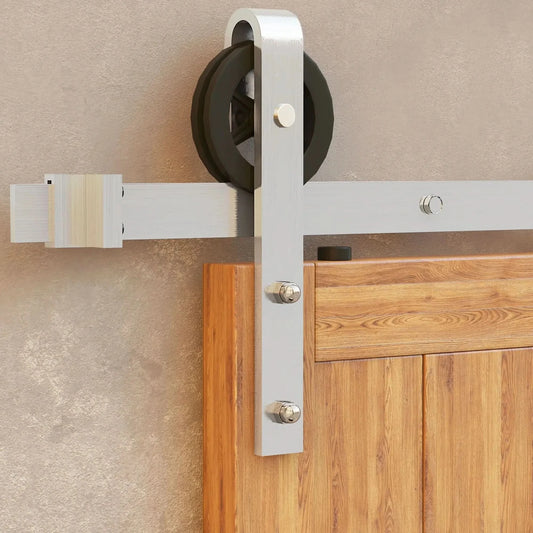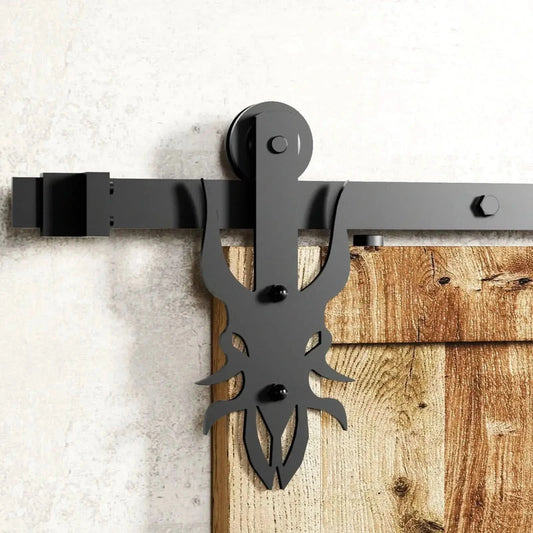-
Classic J-Strap Barn Door Hardware Kit
Starts atRegular price $218.50 USDRegular priceUnit price per -
Modern J Top Mount Barn Door Hardware Kit
Starts atRegular price $218.50 USDRegular priceUnit price per -
Modern Straight Strap Barn Door Hardware Kit
Starts atRegular price $208.50 USDRegular priceUnit price per -
Minimalist Straight Top Mount Barn Door Hardware Kit
Starts atRegular price $208.50 USDRegular priceUnit price per -
Rustic Horseshoe Barn Door Hardware Kit
Starts atRegular price $323.50 USDRegular priceUnit price per -
J-Strap Black Single Track Barn Door Hardware Kit
Starts atRegular price $149.99 USDRegular priceUnit price per -
Straight Strap Black Single Track Barn Door Hardware Kit
Starts atRegular price $149.99 USDRegular priceUnit price per -
Spoke Wheel Black Single Track Barn Door Hardware Kit
Starts atRegular price $149.99 USDRegular priceUnit price per -
J-Strap Brushed Nickel Single Track Barn Door Hardware Kit
Starts atRegular price $169.99 USDRegular priceUnit price per -
Straight Strap Brushed Nickel Single Track Barn Door Hardware Kit
Starts atRegular price $169.99 USDRegular priceUnit price per -
Spoke Wheel Brushed Nickel Single Track Barn Door Hardware Kit
Starts atRegular price $169.99 USDRegular priceUnit price per -
Imperial Black Single Track Barn Door Hardware Kit
Starts atRegular price $189.99 USDRegular priceUnit price per
The Beauty of Elegant Simplicity
The beauty of single track sliding barn door hardware lies in its elegant simplicity. Your door glides along one continuous rail, parallel to the wall, making it a versatile and excellent space-saving alternative to traditional swinging doors for standard doorways, room dividers, or closets.
This classic system is the cornerstone of barn door design, offering a straightforward yet stylish solution. Single track systems are the most popular choice for residential applications, accounting for over 70% of DIY barn door projects. Ideal for enhancing privacy or maximizing floor space, our hardware provides a smooth, reliable glide.
What’s Included in Our Single Track Kits?
Each comprehensive kit is built for durability and includes everything you need for a secure installation:
- Robust Steel Track: The sturdy backbone of the system, available in various lengths to fit your door.
- Smooth-Gliding Rollers (Hangers): Choose from a variety of styles, including classic J-straps, modern straight straps, or decorative spoke wheels.
- Mounting Hardware: All necessary bolts, spacers, and brackets for a secure wall attachment.
- Floor Guide: Prevents the door from swinging out, keeping it stable and aligned.
- Door Stops: Positioned at each end of the track to prevent the door from rolling off.
- Anti-Jump Discs: A crucial safety feature to prevent accidental derailment.
Finishes to Match Any Interior Design
Our single track sliding barn door hardware is available in a wide array of popular finishes to seamlessly integrate with any interior design. From timeless matte black and sleek brushed nickel to the warm tones of bronze, you’ll find the perfect match for your door and décor.
A Straightforward Solution for a Stunning Result
Whether you’re a DIY enthusiast or a professional installer, our high-quality kits are designed for straightforward assembly with clear instructions. Choose a single track sliding barn door hardware system to add rustic charm or modern elegance to your home while enjoying a practical, space-saving, and visually striking doorway solution.















